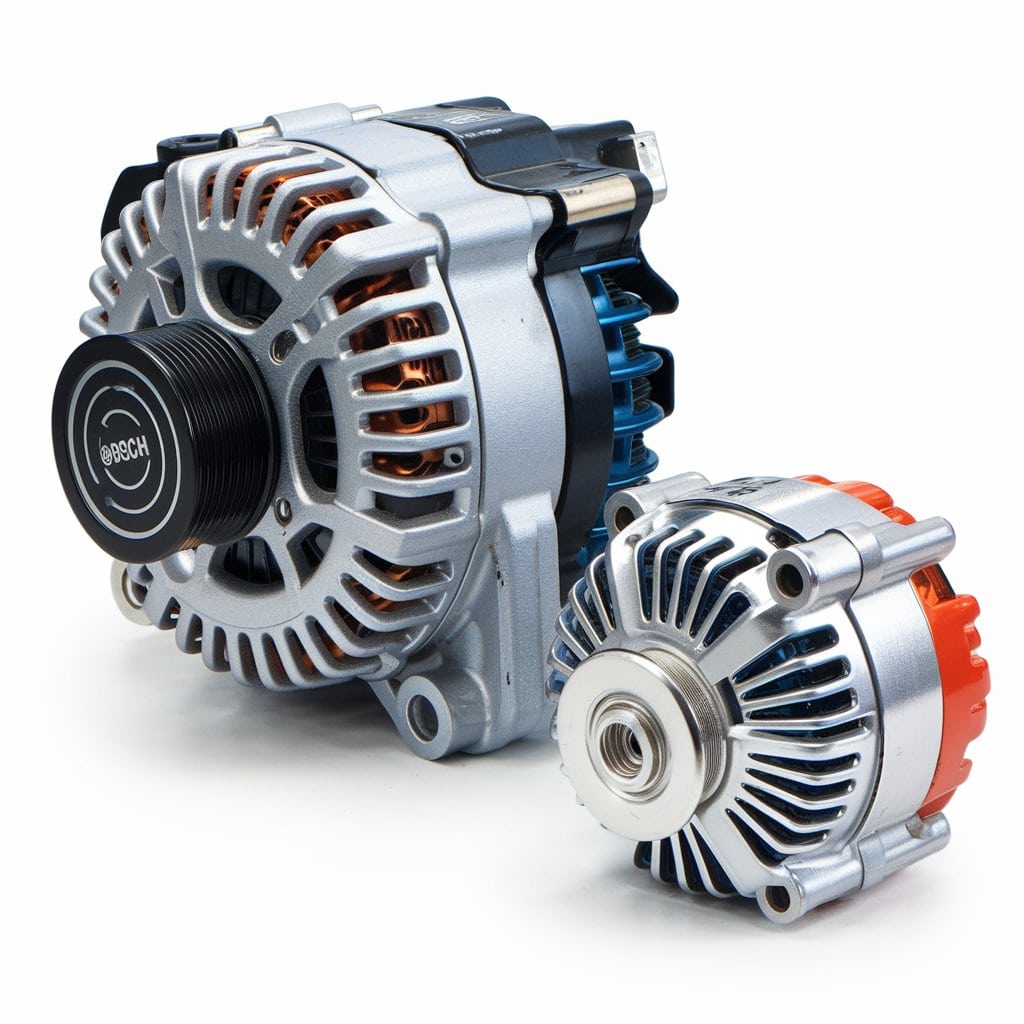What Is The Difference Between 10GSR-85-1 and 10GLR31-I?

When you are comparing two electrical parts you may ask yourself what is the difference between a 10GSR-85-1 and a 10GLR31-I.
That is why I think it is worth taking a closer look at these two terms, since, despite their similarity in meaning, they have quite distinct features.
In this article, some information about the 10GSR-85-1 and the 10GLR31-I is provided. The Famous website Medium is also describe it.
last section is dedicated to the differences between the two that will guide you through making the right decision.
In fact by the end of this post, you should be able to understand these components
Overview of 10GSR-85-1
Specifications of 10GSR-85-1
The 10GSR-85-1 is a transponder for short-range data transmission via optical link through multimode optical fiber, MMF. Here are its key specifications:
-
Data Rate:
10 Gbps
-
Wavelength:
850 nm
-
Maximum Distance:
10G up to 300 meters OM3 MMF and up to 400 meters OM4 MMF
-
Connector Type:
LC duplex
-
Fiber Type:
Multimode fiber
This transceiver is right for applications such as data centers and enterprise networks where short reach connection is adequate.
Applications and Use Cases
The 10GSR-85-1 is commonly used in various applications, including:
-
Data Centers:
Designed for installation in the connecting switches and servers within data center application.
-
Local Area Networks (LANs):
It is most ideal for high speed accesses in LAN frameworks.
-
Enterprise Networks:
Often used in corporate network to provide high rate data exchange between connected devices.
Overview of 10GLR31
Specifications of 10GLR31
The structural features of the 10GLR31 relate to its classification as a long range optical transceiver module for SMF transmission. Its specifications include:
-
Data Rate:
10 Gbps
-
Wavelength:
1310 nm
-
Maximum Distance:
Up to 10 kilometers on SMF
-
Connector Type:
LC duplex
-
Fiber Type:
Single-mode fiber
This transceiver is ideal for use when it comes to data transmission over large distances.
Applications and Use Cases
The 10GLR31 is utilized in various scenarios, including:
-
Wide Area Networks (WANs):
It is most suitable for joining two or more places that are far from each other.
-
Telecommunications:
Often deployed to bring internet service providers into homes and firms with enhanced internet connection.
-
Campus Networks:
Ideal for use in interconnection of several buildings in complex such as in the university setup.
Major Aspects for the Comparison Between 10GSR-85-1 and 10GLR31
Remote Transmission Distance
Another key area of difference is the maximum transmission range of the two transceivers. The 10GSR-85-1 can reach a maximum of 300m on OM3 multimode fiber and 400m over OM4 multimode fiber.
However, the 10GLR31 can send data over distances of up to 10km over single-mode fibres. This makes the GLR31 appropriate for long distances as compared to the SR model which is friendly when used in short distances.
Fiber Type Characteristics (Multimode vs Single-mode)
The second important differentiation is the kind of fiber what kind of fiber each transceiver supports.
The 10GSR-85-1 is for multimode fiber and this is a type of fiber through which multiple light modes are permitted to travel.
While the above design is effective for short range applications requiring high bandwidth but low signal loss, the 10GLR31 runs with single-mode fiber where only one mode of light can travel through the fiber.
This configuration reduces signal loss over long distances hence suitable for WAN and telecommunications.
Cost Considerations
The costs of these two transceivers also bear some discrepancies, more conspicuous than the features that distinguish them.
In summary, as a rule, multimode fibers (as well as the corresponding transceivers, such as the SR) are cheaper than single-mode fibers (and their corresponding transceivers, such as the LR).
Hence, where cost is an issue, some of these multimode solutions appear to be more cost-effective for short-range uses.
However, if your network spans large distances you may get better performance per dollar spent than you will with a multi-mode product like the GLR31 because the distances are considerably greater and signal loss is less of a factor.
How to Buy the Correct Transceiver
Things to Consider When Choosing Transceiver
When deciding between the 10GSR-85-1 and the 10GLR31, consider several factors:
-
Distance Requirements:
It should be established how far your data needs to travel. The SR model may be adequate where travel is to be made within a building or compound or between buildings within the same compound. Now, if you’re considering a connection between two cities or a connection between two or more buildings, the LR model is preferable.
-
Fiber Infrastructure:
Instead consider the current setup of your business and assess it. If you are using multimode fiber already, then upgrading or deploying a transceiver compatible with it like the SR makes good sense. On the other hand, if, for some reason, you have single-mode fiber or are planning to have it someday, get the LR model instead.
-
Budget Constraints:
The cost can be highly critical when choosing a transceiver. As with most ‘‘multimode’’ solutions, although they may be less costly initially, future considerations including anticipated costs of network extension or modification must be taken into account.
-
Future Scalability:
Consider how you may require networking in the future. In case you foresee that you are going to need longer-distance connections at a later date, it may be cheaper to make a long-range solution which you will use in future.
Conclusion
Therefore, it is crucial to know how many types of optical transceivers such as 10GSR-85-1 and 10GLR31 exist and how they can affect your network.
By considering factors such as transmission distance, fiber type compatibility, cost implications, and specific use cases, you can make an informed decision that aligns with your networking needs.
As technology continues to evolve, staying informed about advancements in optical networking will empower you to lead rather than follow in this dynamic field—remembering Steve Jobs’ words: Two of the most effective and powerful weapons that are available to any network marketer is Short range and Long range.
By picking the best between these two weapons—short range and long-range—you’ll prepare your opportunity that is ready for success in the present and later in the future!
Read More Articles: HOME





Your point of view caught my eye and was very interesting. Thanks. I have a question for you.
Can you be more specific about the content of your article? After reading it, I still have some doubts. Hope you can help me.